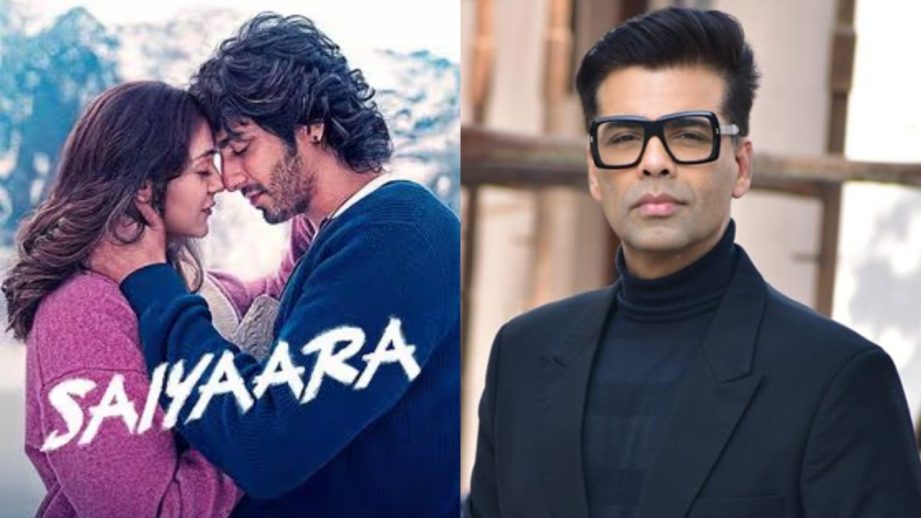
Bollywood’s romantic genre seemed to be losing its sheen to high-concept thrillers and franchise spectacles the past years. And right then, Saiyaara stormed in. Under Mohit Suri’s direction, he is the master of heart-wrenching narratives; this film has really gone all over the industry, touching hearts, turning novices into stars, and awakening the creative spirit in great filmmakers like Karan Johar.
Having amassed over ₹500 crore worldwide on its massive success, it holds the distinction of being the second highest-grossing film of 2025, thereby re-establishing why love stories really are timeless when told with conviction and heart.
Having enjoyed his share of iconic romantic dramas etched into the backdrop of Indian cinema, Karan Johar was among those deeply touched by Saiyaara. The film seems to have sparked a fire inside him—a renewed longing to revisit tales of love, yearning, and emotional fragility. He says, speaking to Suchin Mehrotra, “When I watched Saiyaara, I think after a long time I felt so inspired. I was like, I want to make a love story.” The filmmaker also spoke about how mainstream actors are reluctant to take risks in Bollywood, saying, “I don’t think many mainstream actors want to take a chance today. I think the box office game has become too important. It’s become too big in all their collective heads.” (As quoted by Hindustan Times)
Speaking of the film, the film’s success also traces us to the lead pair. Ahaan Panday and Aneet Padda. Both are newcomers rendering their roles with a maturity and emotional depth that belies their beginner status. Ahaan paradoxically seduces the audience into discomforting honesty while Aneet has an understated aura that deeply moves one.
Thus, it brings back the typical love story that Bollywood once cherished but is now a dying breed. Even more importantly, it has reopened this soul to others. When a party like Karan Johar, whose hold on the genre has been unparalleled, finds himself stirred to creativity at the prospect of a just-seen film, that must surely intimate a late, deeper-changing air in romantic cinema in India, but very likely a possible beginning of its revival. Let’s hope to witness it again very soon.
